Why do the leaves of tomatoes turn yellow and what to do?
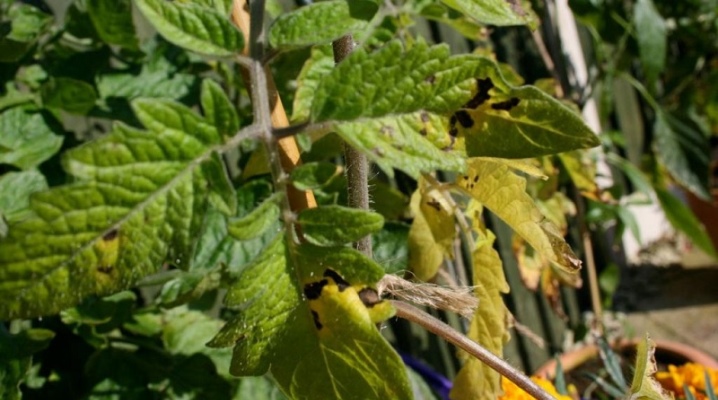
Growing tomatoes is a long and laborious process. Usually, at the end of winter, gardeners begin to plant seeds, take care of the plantings, in the spring the seedlings are planted in a greenhouse or a little later in open ground. The crop is harvested in summer, and in regions with a cold climate - closer to autumn.
During the growing period, gardeners often face various problems, the most common of which is yellowing of the foliage. The leaves can change color for various reasons, and if measures are not taken in time, the bush can hurt for a long time or even die. To prevent this from happening, it is important to correctly determine the cause of the yellowing and immediately start saving the plant.


Rescuing tomatoes in different conditions
There are many reasons why the leaves of tomatoes turn yellow, for example, improper watering, various diseases, unfavorable growing conditions, lack of micro and macro elements, attacks of insect pests. Do not worry if the leaf plates begin to turn yellow a few days after planting in the ground: in this case, the plant is under stress. After transplanting to a garden bed, the root system gains "freedom", but at the same time the quality of the soil, its composition, and climatic conditions change.
Being in such a situation, the plant tries to direct the maximum amount of nutrients to the top, while the lower leaves begin to suffer first. The lower leaves can fall off on their own, however, experienced gardeners recommend cutting them off: this way the plant will get rid of ballast and it will have more energy for the active formation and development of new foliage. Several yellowed leaf plates below are not scary and you should not take special measures in this case. There are more serious reasons why foliage changes color. Let's take a closer look at each of them.

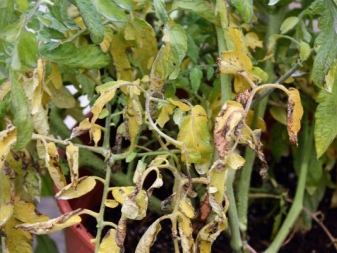
In the greenhouse
The following factors can be the main reasons for yellowing foliage.
- Failure to comply with the watering regime. The bush can react by changing the color of the leaf plates to both excessive and insufficient watering. The soil should not be constantly damp - it is important that it dries out, otherwise the roots can rot. With insufficient irrigation, there is not enough moisture, which also affects the health of tomatoes. It is necessary to moderately water the bushes when the soil dries, regularly loosen the soil: with such measures, the bush will quickly recover and turn green.
- Diseases. A common disease in which the leaves of tomatoes begin to turn yellow is fusarium wilting. It is caused by a fungus: it affects the stem and foliage. If you do not take measures, the root system will begin to rot, and the bush itself will dry out. At the first signs of fusarium wilting, you can use such means as "Trichodermin", "Alirin-B", "Planriz", "Strekar", "Benazol". Some gardeners scatter dolomite flour or lime over the beds, spray the bushes with a pink solution of potassium permanganate.
- Lack of minerals or trace elements. There is no need to be dismissive of feeding, especially during the ripening of the fruit. It is during this period that tomatoes need the introduction of fertilizers, since the lion's share of the nutrient components goes to the growth of the fetus. Tomatoes should be fed with any complex additives.Some gardeners for these purposes use an infusion prepared from comfrey leaves (you need to take 1 kg of foliage in a bucket of water, leave for 5 days).
- Root damage. Yellowing of leaves can occur as a result of mechanical injury to the root system during plant transplantation or when pests eat up the roots. If the roots are damaged during transplantation, do not panic: in this case, the plant actively restores them and directs all the nutrients to the underground part. If the root system is damaged by pests, it is necessary to take control measures: first of all, clear the beds of weeds, loosen the ground, water or spray the tomatoes with infusion of onion peels. With timely treatment, the leaves will return to a healthy green color.
High humidity is often observed in the greenhouse. Its optimal value ranges from 60 to 70%. With an increase in indicators, the leaves begin to turn yellow and rot. To normalize humidity, it is necessary to often ventilate the room, reduce watering for a while, and avoid irrigation of foliage.
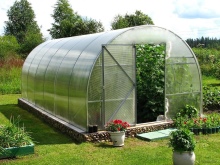
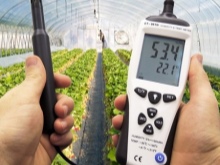
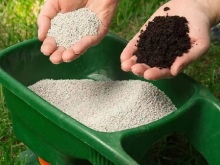
In the open field
When tomatoes are planted in open ground, their foliage withers and turns yellow for the same reasons as in greenhouse conditions, but there are some differences. For example, in regions with a cold climate, the air temperature is often below the optimum for tomatoes (especially at night). Incorrect planting of tomatoes in the garden often leads to a problem, in which the plants will not have enough free space.
The optimal distance between 2 bushes for medium-sized crops should be 40-50 cm. Experienced gardeners recommend planting seedlings in a checkerboard pattern. If they are located close, the bushes will not have enough light for photosynthesis, moreover, they will not be able to absorb the required amount of moisture and nutrients. If the tomatoes are planted too close, you need to transplant them. In order for the plant to have enough light in full, a sunny area should be chosen for planting.
When growing tomatoes in open ground, gardeners often apply insufficient or, on the contrary, too much fertilizer. The first sign of tomato starvation is curling and yellowing of the foliage. To remedy the situation, you need to feed the tomatoes with mineral and organic fertilizers. In order for the plant to develop correctly and have persistent immunity, a complex of fertilizers should be added, which should contain magnesium, iron, nitrogen, potassium and chlorine.
Tomato foliage often turns yellow outdoors when attacked by pests. Insects can break the integrity of the leaves and suck the juice out of them. Due to the attack of parasites, the bushes lose chlorophyll, which is why the tops appear yellow. Tomatoes are especially often attacked by aphids, spider mites, thrips, whiteflies. These insects like high humidity, which is observed with closely planted tomatoes and a large number of weeds.
If pests have been found, you need to immediately begin to deal with uninvited guests. Plants should be treated with "Fitoferm", "Aktara", "Confidor" or other means with a similar spectrum of action. It is recommended to carry out work in cloudy but not rainy weather. It is advisable to carry out the treatment with chemicals before the onset of the fruiting period.
If pests attacked the tomatoes during ripening, the use of such products is not recommended. In this case, it is better to resort to folk methods. The smell of ammonia or garlic can repel insects.
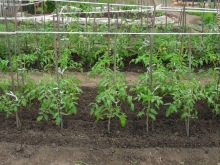
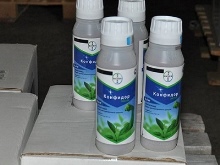
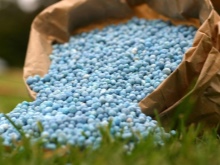
What is the reason for the yellowing of seedlings?
When growing seedlings on a windowsill, gardeners also face yellowing of the leaves. There are many reasons that lead to a change in the color of young plants. Most often, gardeners are faced with a lack of light.When growing seedlings on the window, you need to remember that all varieties of tomatoes are photophilous crops. Signs of a lack of light - pulling out bushes, yellowing of the lower foliage. If you do not take action in a timely manner, all the foliage can acquire a bright yellow color: in this case, the seedlings will die. To prevent this from happening, containers with seedlings should be installed on the lighted window itself. Young plants up to 30 days old need additional artificial lighting. In cloudy weather, the bushes need to be illuminated until 14-16 hours.
Note! To enhance the light energy, a reflective sheeting or mirror should be installed behind the seedlings. If necessary, additional lighting can be increased up to 19 hours.
The bright sun and direct sunlight on the seedlings can cause yellowing. When taking containers with young tomatoes outside in March-April, additional shading should be provided, otherwise burns may appear on the foliage.
There are several signs of damage:
- the appearance of white dry circles at the edge or in the center of the leaves;
- drying of the tissue at the site of the burn;
- blanching of the plant.
Seedlings may die from severe burns.
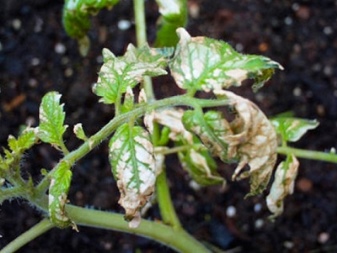
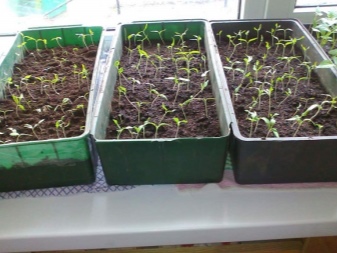
Another reason for the yellowing of seedlings is a small container. In cramped conditions, the root system will not develop normally, which will first lead to yellowing and then to wilting of the foliage. Tomatoes growing in cramped conditions lack light, nutrients and moisture. All bushes compete with each other for these resources, while they begin to stretch and weaken. For the correct formation of rhizomes and the aerial part of the bush, you need to dive the seedlings into separate containers.
Other causes of yellowing of seedlings include the following factors.
- Insufficient watering. In this case, the foliage first withers, and then turns yellow and dries. Young plants should be watered moderately and continue to follow the regime. Timely watering will return turgor to wilted foliage within 1-2 days.
- Excessive watering. With abundant irrigation, the leaves wither, turn yellow, but do not dry out as in the case of a lack of moisture. With an excess of moisture, the soil must be allowed to dry completely. In advanced situations, tomatoes must be transplanted into a container with a larger capacity with the addition of dry soil. After that, the tomatoes should not be watered for 5 days. The yellowness should completely disappear in about 1.5 weeks.
- Lack of top dressing or improper fertilization. Small, thin, weakened seedlings with a greenish-yellow color are signs of a lack of nutrients. For feeding seedlings, it is recommended to use complex fertilizers with a nitrogen content of up to 10%.
- Incorrectly selected soil. For growing seedlings, preference should be given to slightly acidic soil with a pH level in the range of 5-6. To avoid yellowing of the foliage, you should abandon alkaline and acidified soils.
Another reason for the yellowing of foliage is a pick in which the root system was damaged. With moderate watering, sufficient fertilizing, the plant recovers after 4-5 days. In case of significant damage to the roots, you can use a root stimulator, for example, "Kornevin".
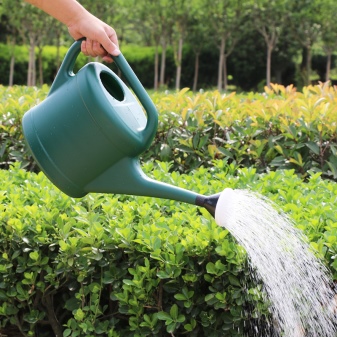
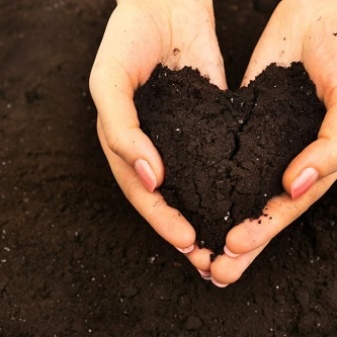
What if the lower and upper leaves turn yellow?
The yellowing of tomato leaves can begin from above or below, and if the gardener is inactive, it can spread throughout the tops. If only the tops began to turn yellow, then the reason for the color change lies in the lack of nutrients. Let's look at the signs of a lack of basic substances.
- Calcium. If it is not enough, the tops turn yellow, the ends of the foliage are deformed, and the inflorescences fall off. At a later date, the fruits become covered with spots, which grow over time. In order for the tomatoes to receive calcium, you need to spray the tomatoes with calcium nitrate (at the rate of 20 g per 8 liters of water).
- Sulfur. The first signs of a lack of a component are reddening of the veins, thinning of the stems, and slow yellowing of the leaves.To get rid of yellowness and return the plant to a healthy green color, the bushes should be sprayed with magnesium sulfate (1 g per 1 liter of water).
- Iron. If yellow spots begin to form in the center of the leaves, it is most likely due to a lack of iron. Tomatoes should be treated by spraying with iron sulfate or iron chelate. Some gardeners resort to root feeding with these substances.
- Manganese. With a lack of this substance, the veins of the leaves acquire an unhealthy yellow-green color. To restore the balance of manganese, you need to treat the bushes with a solution of potassium permanganate.
- Bor. With boric starvation, the foliage on the crown of the tomatoes begins to deform at the base. With the timely spraying of tomatoes with boric acid, the problem will be solved. If you do not take these measures, the leaves will turn yellow, and the veins on them will acquire a dark brown color.
The lower leaves often turn yellow and dry out for more harmless reasons. For adult bushes, this is considered a normal biological process. Thus, tomatoes get rid of unnecessary tops in order to direct more nutrients and moisture to the formation of new shoots, inflorescences, the formation and growth of fruits.
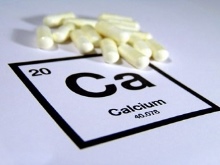

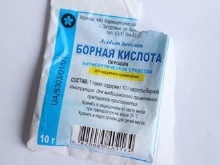
Why curl and wither?
Curling and yellowing of foliage is a sign of the following problems.
- Deficiency of nutritional components. It is sometimes difficult to figure out which substance is missing, which is why experienced gardeners recommend using store-bought complex supplements. Dusting shrubs with wood ash is also effective.
- Uneven foliage growth. Curling of leaves is observed with a sharp growth of tops, stretching the leaves along. Most often, the leaves grow unevenly near the seedlings. To remedy the situation, you need to provide the bushes with good sunlight.
- The defeat of tomatoes by aphids or ticks. If found, you can spray the foliage with a solution of onion peel or potassium permanganate.
To minimize massive yellowing of the tops, you need to establish an irrigation regime, feed the plants in time, and regularly check for insects. It is also important to observe crop rotation and plant the most “suitable” plants. For example, tomatoes are not planted where tuberous tomatoes used to grow.
It is best to plant flowers near the tomatoes, the aroma of which will scare away pests.
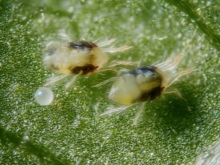
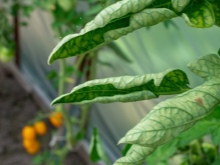
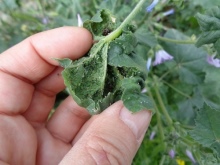













The comment was sent successfully.